Liberia travel tips
Liberia travel tips: On West Africa’s coast, is known for its lush landscapes, vibrant culture, and a history of resilience and recovery.
Counties 🌎
Liberia travel tips. Here is a list of all the counties of the Liberia.

Bomi
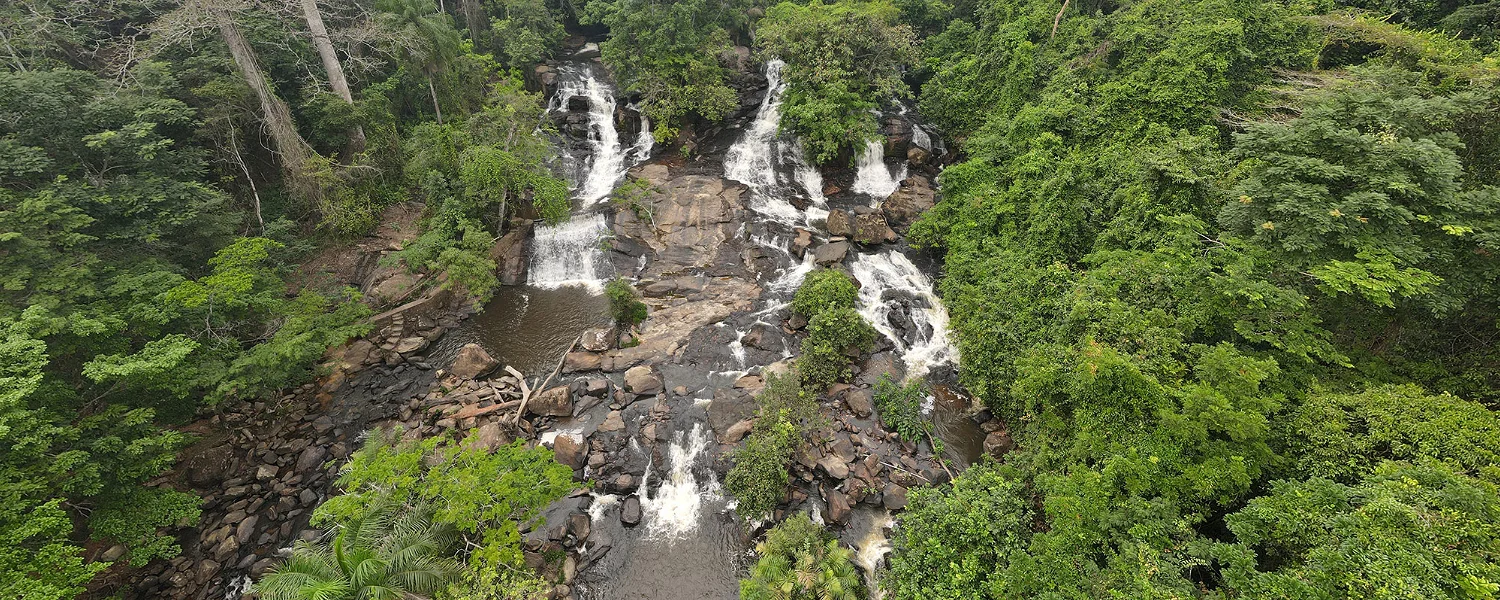
Bong

Gbarpolu

Grand Bassa
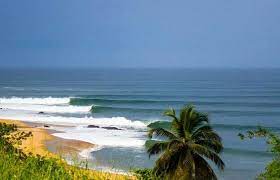
Grand Cape Mount

Lofa
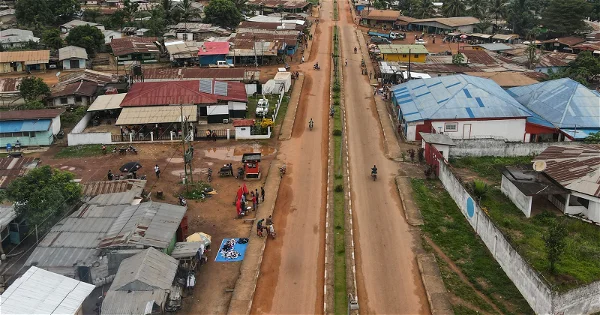
Grand Gedeh

Grand Kru

Margibi
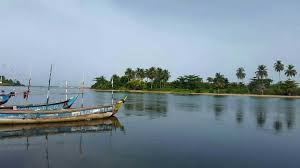
Maryland
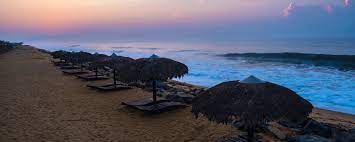
Montserrado

Nimba

River Cess

River Gee

Sinoe
Before you go 🛩
Important information you should know before your trip
Info

Capital | Monrovia
Flag Codes:
ISO alpha-2 LR,
ISO alpha-3 LBR
Currency
Badge | Liberian Dollar
CODE | LRD
NUMBER | 430
SYMBOL | $
FRACTION | penny
Mobile Coverage
Dialing Code | +231
SIM Card
Coverage | 3G / 4G / 5G |
Mobile Networks | Lonestar Cell MTN | Orange Mobile |

Location
Liberia is a country located on the west coast of Africa. It is situated in the western part of the African continent and is bordered by several countries. Here is the location of Liberia: Latitude: Liberia is located between approximately 4° N and 8° N latitude. Longitude: The country is situated between approximately 7° W and 12° W longitude.
The capital city of Liberia is Monrovia, which is located on the country’s coastline along the Atlantic Ocean. Monrovia serves as the political, economic, and cultural center of Liberia.
Liberia’s geography includes coastal plains, rolling plateaus, and dense tropical rainforests. The country is traversed by several rivers, including the Saint Paul River and the Saint John River, which are important features of the landscape.
Currency
The currency of Liberia is the Liberian Dollar, abbreviated as LRD or LD.
It is the official currency of Liberia and is used for everyday transactions in the country.
The Liberian Dollar is further subdivided into cents, with coins denominated in cents and banknotes in dollars.
Liberia’s central bank, the Central Bank of Liberia, is responsible for issuing and regulating the currency.
The currency is often represented with the symbol “L$” to distinguish it from other dollar-denominated currencies.
Languages
Liberia is a linguistically diverse country with several languages spoken, reflecting its diverse ethnic and cultural makeup. However, English is the official language of Liberia and is used in government, education, the media, and business. English is the language of instruction in schools, and government documents and communication are primarily conducted in English.
In addition to English, various indigenous languages are spoken by different ethnic groups across Liberia. Some of the prominent local languages include:
Kpelle: Kpelle is one of the largest ethnic groups in Liberia, and the Kpelle language is widely spoken in central Liberia.
Bassa: The Bassa language is spoken by the Bassa ethnic group, primarily in the central and coastal regions of Liberia.
Mande Languages: There are several Mande languages spoken in Liberia, including Mano, Gio, and Mandingo (also known as Mandinka). These languages are spoken by various ethnic groups in northern Liberia.
Kru Languages: Kru languages, such as Kru, Grebo, and Krahn, are spoken by ethnic groups along the coast of Liberia.
Loma: Loma is spoken by the Loma ethnic group in northwestern Liberia.
Gola: Gola is spoken by the Gola people, who primarily inhabit the northwestern part of Liberia.
Vai: Vai is the language of the Vai ethnic group and is spoken in the western part of Liberia.
Kissi: The Kissi language is used by the Kissi people, particularly in the southeastern region of Liberia.
Climate 🌡
Liberia has a tropical climate with high temperatures and humidity throughout the year. The climate is influenced by its location near the equator and its proximity to the Atlantic Ocean. Here are the key features of Liberia’s climate:
Wet Season (Rainy Season):
Liberia experiences a lengthy wet season that typically lasts from May to October. During this period, the country receives heavy rainfall, and the humidity levels are high. Rainfall is especially intense along the coast and gradually decreases as one moves inland.
Dry Season:
The dry season in Liberia occurs from November to April. During this time, the weather is characterized by drier conditions, lower humidity, and sunny or partly cloudy skies. Temperatures can be slightly cooler during the dry season compared to the wet season.
Temperature:
Liberia has consistently warm temperatures throughout the year. Average daytime temperatures in coastal areas range from 26°C to 32°C (79°F to 90°F) during the wet season and can be slightly cooler during the dry season. Inland areas may experience slightly higher temperatures.
Harmattan Winds:
Like other West African countries, Liberia may experience the harmattan winds during the dry season. These dry and dusty winds blow in from the Sahara Desert, which can lead to hazy conditions and lower visibility.
Coastal Influence:
The coastal areas, including the capital city of Monrovia, tend to have milder temperatures and less extreme weather compared to inland regions.
Rainforest:
Liberia is part of the West African rainforest belt, and its lush rainforests play a crucial role in the country’s climate and environment.
River Systems:
Liberia is crisscrossed by several rivers, including the Saint Paul River, which is one of the largest. These rivers are important for transportation and support diverse ecosystems.
Tropical Diseases:
Liberia’s tropical climate is conducive to the prevalence of tropical diseases such as malaria, so travelers should take necessary precautions when visiting the country.
Liberia travel tips
If you’re planning a trip to Liberia, here are some travel tips to enhance your experience:
Visa and Health:
Check visa requirements and get necessary vaccinations. Malaria prophylaxis is advisable; consult a healthcare professional.
Music and Dance:
Experience traditional Liberian music and dance. Attend local performances for cultural immersion.
Cultural Respect:
Respect local customs and traditions. Dress modestly, especially in rural areas. Seek permission before photographing people.
Health and Hygiene:
Drink bottled water, practice good hygiene, and carry essential medications. Hospitals are limited; have travel insurance.
Transportation:
Use reliable transportation options. Taxis and hired drivers are common. Negotiate prices before starting your journey. View Guide.
Local Etiquette:
Greet people politely and engage in conversations. Liberians are known for their friendliness and hospitality.
Natural Wonders:
Explore Sapo National Park and Robertsport for pristine beaches. Take guided tours for a richer experience.
Enjoy your time in Liberia!

The best of the best
Liberian cuisine is characterized by its use of starchy staples, flavorful sauces, and a variety of protein sources. The cuisine reflects the country’s diverse ethnic groups and cultural influences.
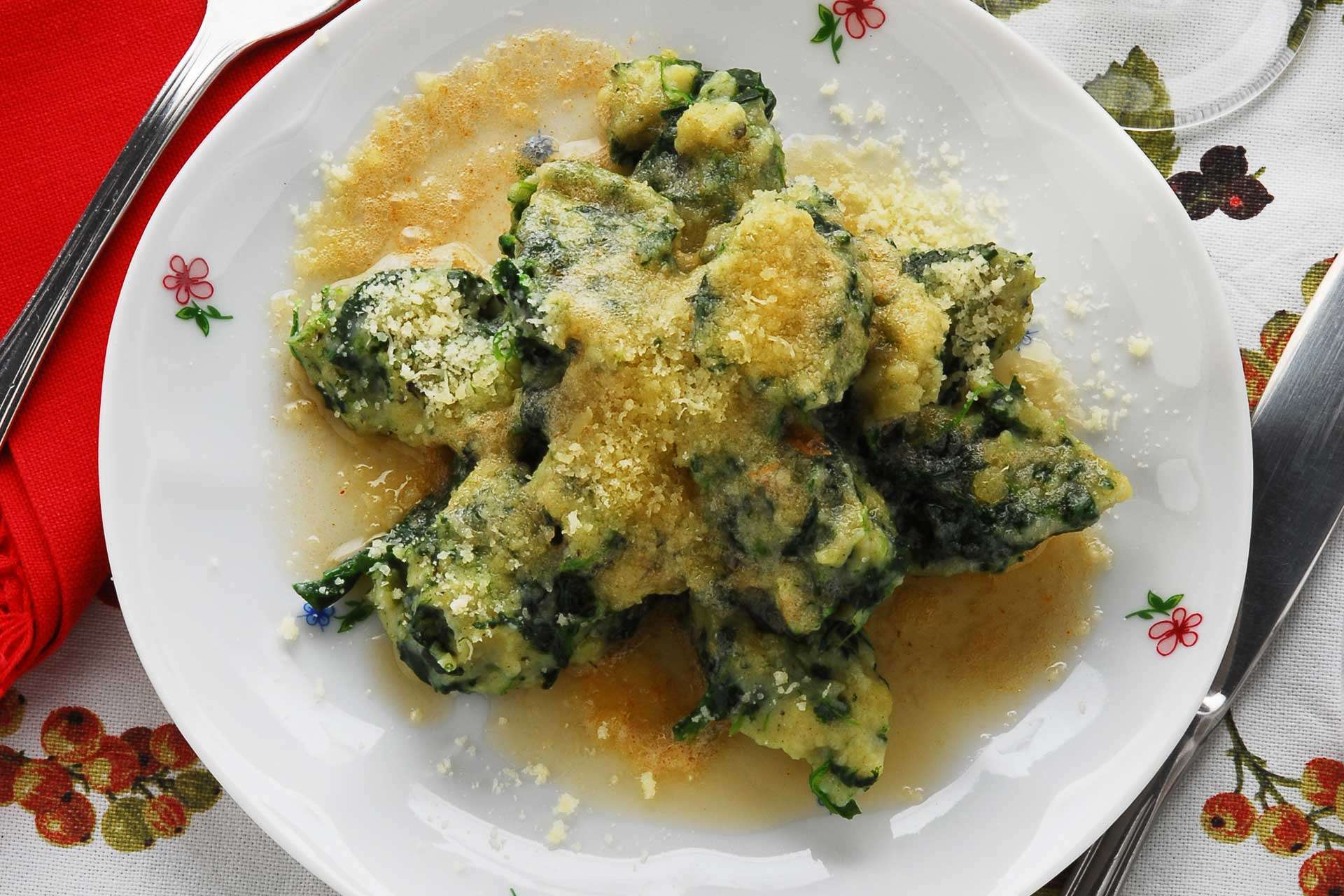
Gbudi
Gbudi is a dish made from green or ripe plantains that are boiled and then mashed. It is often served with palm butter sauce.

Palava Sauce
Palava sauce is a popular Liberian dish made with leafy greens (such as cassava leaves or spinach), ground peanuts or peanut butter, and various spices.

Fufu
Fufu is a starchy side dish made from cassava, plantains, or yams. It is pounded or mashed into a smooth, dough-like consistency and is often used as an accompaniment to soups and sauces.
Here are some typical foods and dishes you might find in Liberia:
Rice: Rice is a staple food in Liberia and is often served with a variety of sauces and proteins. It can be steamed, fried, or cooked into rice porridge.
Jollof Rice: Jollof rice is a one-pot dish made with rice cooked in a tomato-based sauce with spices and vegetables. It may also include chicken, fish, or shrimp.
Cassava Leaf Stew: Cassava leaf stew is a flavorful dish made with cassava leaves, palm oil, and various spices. It is often cooked with meat or fish and served with rice or fufu.
Kala: Kala is a popular Liberian street food made from ripe plantains and black-eyed peas. The ingredients are blended, fried, and shaped into small cakes.
Cassava Bread: Cassava bread is a type of flatbread made from cassava flour. It is gluten-free and commonly served with stews and sauces.
Fresh Fruits: Liberia’s tropical climate allows for the cultivation of various fruits, including mangoes, pineapples, bananas, and oranges. Fresh fruits are commonly enjoyed as snacks or desserts.
Palm Wine: Palm wine is a traditional alcoholic beverage made from the sap of palm trees. It is a popular drink in Liberia and is often consumed during social gatherings.
Liberian cuisine offers a rich blend of flavors, and many dishes are prepared with a combination of spices and herbs, such as ginger, garlic, and hot peppers. Meals in Liberia are often communal, and sharing food is an important cultural aspect of the country.
Transportation 🚥
More information about this country
Choose your destination 📍🗺
Useful Links ✅



